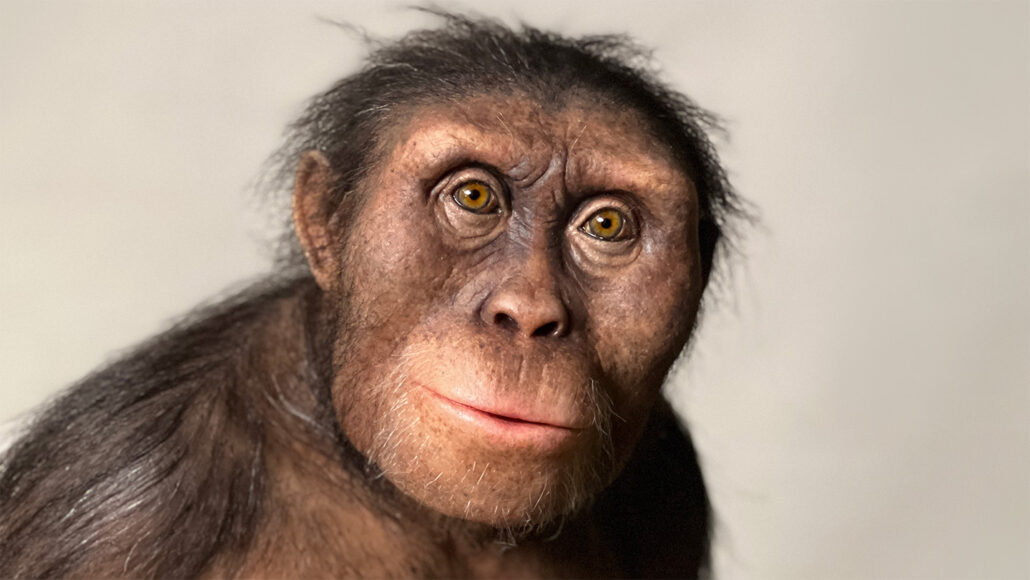Questions for ‘50 years on, Lucy offers lessons for achieving fossil fame’

The ancient hominid known as Lucy (reconstruction shown) is familiar all around the world.
© Sculpture Elisabeth Daynes/Photograph Elisabeth Daynes
Come explore with us!

The ancient hominid known as Lucy (reconstruction shown) is familiar all around the world.
© Sculpture Elisabeth Daynes/Photograph Elisabeth Daynes
To accompany ‘50 years on, Lucy offers lessons for achieving fossil fame’
Register to access:
An error occurred. Please try again.
Already Registered? Enter your e-mail address above.